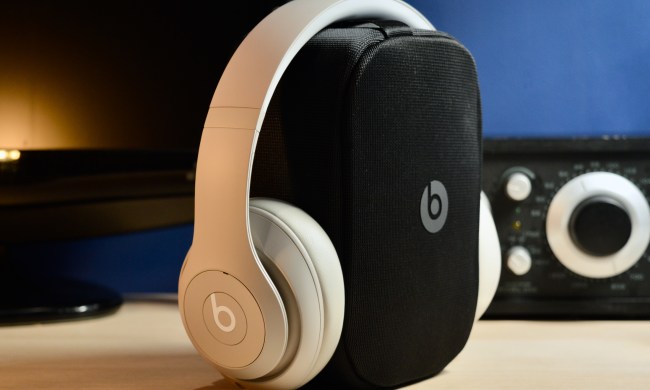
British audio giant Bowers & Wilkins has spent the past five decades designing cutting-edge audio products, and making big leaps in sound by investing a significant portion of earnings into its world-renowned research and development arm.
The company is doubling down on that long-term mission, announcing the opening of a brand-new, 30,000 square-foot research facility that will be called Southwater Research and Engineering. The new location is in Southwater, in the U.K., but the real reason behind keeping the SRE acronym is as an homage to the company’s previous R&D home, the Steyning Research Institute.
Bowers & Wilkins was purchased by California-based company EVA Automation in 2016 for an undisclosed sum, and the purchase has seen an increase in technological innovation from the company. A major reason for the new research facility is that the company has increased its research and development staff by 40 percent in recent years. Such an increase meant cramped quarters in the old facility.
“[Steyning] is near and dear to our heart because there’s so much that has come out of that facility. It’s part of our DNA and our fabric.” said Bowers & Wilkins’ Chief Revenue Officer Richard Campbell in an interview with Digital Trends, “We as a company continue to invest in developing technology and innovation that we need to create to be at the forefront of this category, and lo and behold, we’ve run out of space.”
The new digs more than double the amount of physical space that researchers had to work with at Steyning, providing multiple anechoic chambers, an increase in the number of audio testing rooms, and dedicated automotive and headphone labs. To maintain continuity between new and old, the company will actually build a perfect replica of founder John Bowers’ original listening room, which they will use to maintain the same sound signature that has kept the company at the pinnacle of the high-end loudspeaker market since it was first founded in 1966.
While every Bowers & Wilkins product on store shelves was in some way developed at its research facility, notable innovations from the company include the diamond tweeter, the continuum and aerofoil cones, and the gorgeous Nautilus speakers.
“We don’t want to lose that history and legacy”, said Campbell, “We want to make sure we are able to carry forward the same type of award-winning products that we’ve been developing in our existing facility.”
We have little doubt the company will continue on a positive path toward compelling new audio gear. We’ve always had excellent experiences with Bowers & Wilkins’ speakers and headphones, and are excited to see what the company comes up with in this new space. If it’s anything like the past half-century, there should be a lot of fantastic new technology that will be music to our ears.



